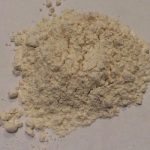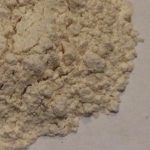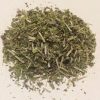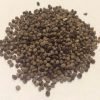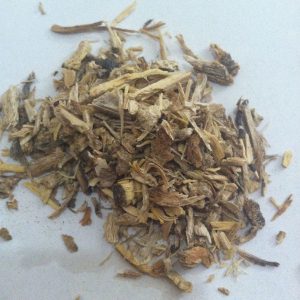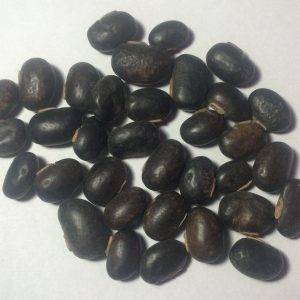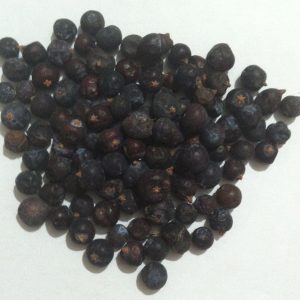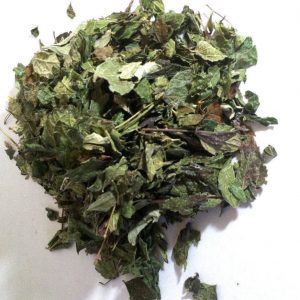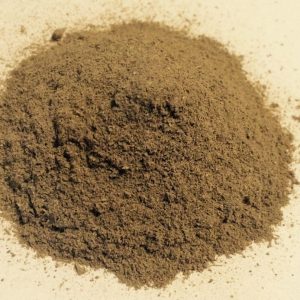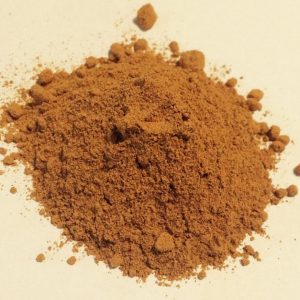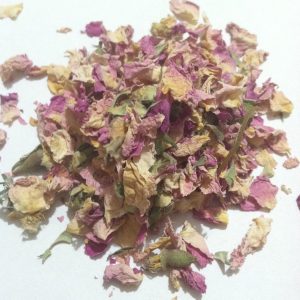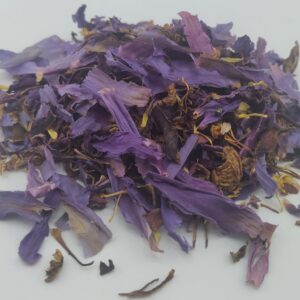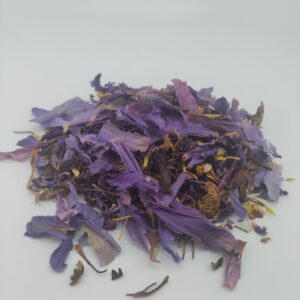Description
Common Name Standardized: horseradish Botanical Name Armoracia rusticana P. Gaertn. et al.
Plant Family: Brassicaceae Synonyms Armoracia lapathifolia Parts Used Grated root, seldom leaves Overview Grated, fresh horseradish is a pungent source of mustard oil. The intact horseradish root has hardly any aroma. When cut or grated, however, enzymes from the now-broken plant cells help created the distinctive aroma of horseradish. Grated mash should be used immediately or preserved in vinegar for best flavor. Once exposed to air or heat it will begin to lose its pungency, darken in color, and become bitter tasting over time, though all medicinal properties are still present in dried material. Uses And Preparations Fresh grated root is often combined with apple cider vinegar and honey. Powdered root can be tinctured or encapsulated. Dried horseradish is typically rehydrated when used in a culinary setting, and this mixture in generally twice as strong as using fresh material. Dried horseradish is generally used in uncooked sauces as the volatile oils will evaporate when exposed to heat. Constituents Sinigrin (a glycoside which combined with water yields mustard oil), vitamin c, asparagine Precautions Specific: Excessive doses may cause GI irritation. Avoid exposure to skin and eyes.
General: We recommend that you consult with a qualified healthcare practitioner before using herbal products, particularly if you are pregnant, nursing, or on any medications. For educational purposes only This information has not been evaluated by the Food and Drug Administration.
This information is not intended to diagnose, treat, cure, or prevent any disease.




